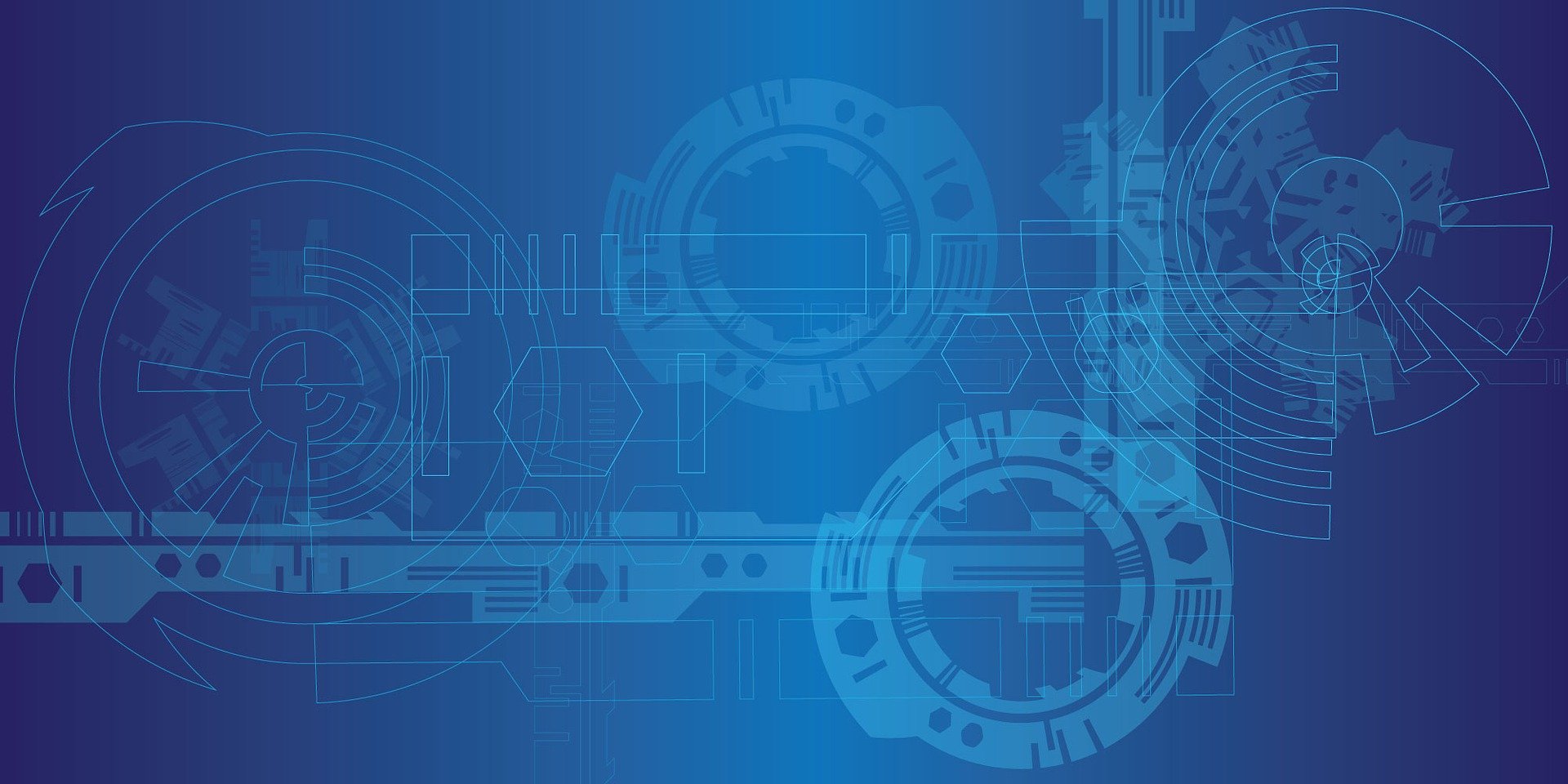
What happens when it’s no longer enough for a manufacturer to merely make things? When it’s no longer profitable for an energy supplier to just pipe utilities to home-owners?
Many businesses have realised that we’ve now reached that point, writes Antony Bourne, President, Industries at IFS. Those which have responded to this disruption have adopted new technologies and approaches, thereby creating new revenue streams, increasing customer loyalty, and future-proofing their businesses. And those that haven’t? Well, many have realised that the value of merely making or just supplying is not enough to sustain operations, customer numbers, and profits.

Businesses must shift to servitization – which could include moving into software provision, becoming data scientists, connecting assets, and utilizing the IoT. The outcome of any such move is the same: services are wrapped around goods, extending the life of the product, providing a richer experience/offering to customers, and a competitive differentiator over legacy players.
How can businesses reach that stage? Through technology. More specifically, by adopting enterprise resource management (ERP) and enterprise asset management (EAM) solutions that offer tools for things like field service management, depot repair, predictive maintenance and reverse logistics. Capabilities like AI and machine learning will also play a role in the shift to servitization, as businesses realise that managing and capitalising on connected assets will require a lot more than human capabilities alone.
The Problem with Products
For the foreseeable future, people and businesses will always need things – we’ll need vehicles to drive, we’ll need parts to maintain and repair machines, and we’ll need energy to power them. People need homes and businesses need offices – all of which have to be heated. However, we arguably now expect far more from the makers and suppliers of these things – often, at a more affordable price-point.
As a result we’ve seen a rise in demand for products to be offered on a subscription/as-a-service model – look at the likes of Uber and Zipcar, for instance. We’ve also seen end-users expect and demand more from the companies that continue to sell goods. They want products that are serviced (or which they can maintain themselves), and they want create control over the products they have.
Doing good business is becoming less about the product itself, but the outcome the product and the business can offer to the end-user. Consumers and businesses still need traditional products and utilities, but the difference – the ‘problem’ – is expectations. Smart consumers want the slick customer experience of Monzo and the prompt, seamless service of Amazon – two things which have traditionally been lacking in the areas of manufacturing and utilities.
Rise of Servitization: Time for Change
However, times are changing. At the end of last year, manufacturing output in the UK fell at the fastest rate since the 2008 financial crisis. The utilities sector on the other hand, continues to be dogged by poor customer satisfaction levels. According to a 2019 benchmarking survey, the UK utilities sector ranked fourth lowest out of nine surveyed in terms of customer satisfaction.
Industries are aware of these shifting tides, but not enough is being done to enable them to ride the disruptive wave, boost business and deliver more – and deliver better – for customers. In 2018, we conducted a survey of over 200 executives and found that 38% of respondents’ businesses sold only products, with no aftermarket or other service revenues. Furthermore, only 4% reported full servitization.
Change is needed. The ability to produce and ship quality goods at relatively low value means manufacturers must offer more. The same can be said of utilities. Energy especially is extremely cheap, and with the current low levels of customer satisfaction, a disruptor looking to enter the market could gain a lot by doing relatively little. Without change now, there’s a real possibility that five years down the line consumers and businesses could be getting their energy from Facebook, Alibaba or Amazon.
All of these digital-first players are successful not only because they offer good customer service, but because they know how to use data to adapt their service offerings and flex to changing market conditions.
Fortunately, it’s possible for manufacturers, utilities companies – and a host of others in industries dominated by traditional approaches – to do the same. We’ve even noted positive change since we conducted the aforementioned survey just two years ago. According to IDC, 82% of manufacturing firms are now actively moving to servitize their businesses. The benefits too are acknowledged, with over a third affirming that digital services leveraging technology like the IoT will increase revenue growth.
What’s holding others back from making this move? Interestingly, for many businesses, it’s the same thing that’s enabling the move to servitization and profitability: technology. When asked about factors limiting their ability to offer more services to customers, almost a third of respondents to our survey cited lack of technology systems needed to support effective service delivery.
The necessary ERP and EAM technology is out there, so perhaps the problem is more about knowing which tools are the best fit for your business needs. The answer? Look at it through a similar lens as your own customers are looking at and evaluating your goods and services: focus on outcomes.
Servitization in Action
If you’re looking for a proof point for the success of the shift to servitization, look no further than Jotun. Once a ‘mere’ manufacturer of paint, over the past few years, the company altered its focus, centring on quality, brand management and standardised business processes – all supported by the right-fit ERP software.
For example servitization is enabling Baxi to move away from selling boiler systems to selling heating as a service. Working with the Energy Systems Catapult, Baxi bundled a new heating system, servicing, maintenance and energy into a fixed monthly price Heating Plan. For consumers, this means that instead of buying units of energy (kWh), they can buy hours of warmth in their home – called ‘Warm Hours’. These plans mean they can pay a fixed price based on data about the thermal efficiency of their home and the number of hours of warmth needed each week. The price stays fixed no matter what the weather brings, and consumers can see precisely how much it will cost to achieve the comfort they want.
The rise of servitization won’t happen overnight, especially in sectors like manufacturing and utilities, whose business models have changed little in decades. Instead, long-term vision is needed, along which includes working closely with the right partner to adopt and use the right ERP and EAM software.
See also: “How the Heck did We Get Here?” Governor in Plea for COBOL Programmers






